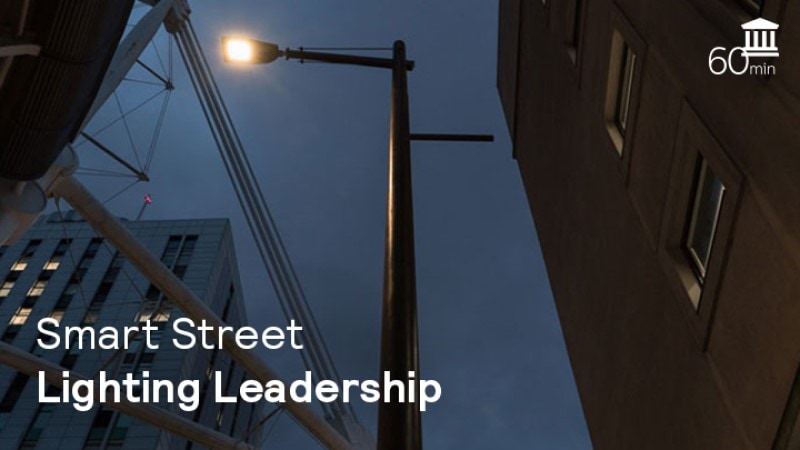In his overview of the current state of play, Woods noted that only 11% of street lights are LED today, and only 3% are connected. But he also pointed to the many practical examples of cities that have successfully implemented smart street lighting projects. LED lighting, Woods observed, is now a mainstream technology, and It is now firmly established that LED street lighting helps cities lower their energy consumption, reduce their carbon footprint, and realize significant financial savings that municipalities can invest in other important areas.
“As a next phase of smart street lighting, and as it evolves to connected street lighting, it offers unprecedented opportunities for cities to go way beyond energy savings and carbon emission reductions,” said Kreissler. “By adding sensors to the lighting system, cities are able to collect data for greater insights and support additional value-added applications.”
Woods went on to describe the steps that cities can take today to leverage digital infrastructures to achieve real outcomes that address intractable social issues across sectors—for example, health inequalities, lowering carbon emissions, improving public safety, addressing problems of an aging population. To achieve such outcomes, cities must learn how to share data across multiple connected systems, find new ways for different organizations to collaborate, and invent new models for funding initiatives and evaluating success.
Woods argued that we’re now reaching the reaching the stage where cities can combine proven technology and implement systems at scale, and with lessons in hand from early adopters, cities can focus on execution. At the same time, the need for collaboration, openness, and integration has created a new playing field for suppliers.
Woods and Kreissler then conducted a wide-ranging Q&A with attendees, which touched on important topics such as how to overcome barriers to adoption, ownership of digital infrastructures and communications networks, how to create repeatable business models, and what cities need to do in terms of technology platforms, governance models, and cybersecurity.







